Preview |
PDF (Original Article)
- Requires a PDF viewer such as GSview, Xpdf or Adobe Acrobat Reader
1MB |
|
PDF (Supplemental Material)
- Requires a PDF viewer such as GSview, Xpdf or Adobe Acrobat Reader
32B |
| Item Type: | Article |
|---|---|
| Title: | Segmenting whole-body MRI and CT for multiorgan anatomic structure delineation |
| Creators Name: | Häntze, Hartmut, Xu, Lina, Mertens, Christian J., Dorfner, Felix J., Donle, Leonhard, Busch, Felix, Kader, Avan, Ziegelmayer, Sebastian, Bayerl, Nadine, Navab, Nassir, Rueckert, Daniel, Schnabel, Julia, Aerts, Hugo J.W.L., Truhn, Daniel, Bamberg, Fabian, Weiss, Jakob, Schlett, Christopher L., Ringhof, Steffen, Niendorf, Thoralf, Pischon, Tobias, Kauczor, Hans-Ulrich, Nonnenmacher, Tobias, Kröncke, Thomas, Völzke, Henry, Schulz-Menger, Jeanette, Maier-Hein, Klaus, Hering, Alessa, Prokop, Mathias, van Ginneken, Bram, Makowski, Marcus R., Adams, Lisa C. and Bressem, Keno K. |
| Abstract: | PURPOSE: To develop and validate MRSegmentator, a retrospective cross-modality deep learning model for multiorgan segmentation of MRI scans. MATERIALS AND METHODS: This retrospective study trained MRSegmentator on 1,200 manually annotated UK Biobank Dixon MRI sequences (50 participants), 221 in-house abdominal MRI sequences (177 patients), and 1228 CT scans from the TotalSegmentator-CT dataset. A human-in-the-loop annotation workflow leveraged cross-modality transfer learning from an existing CT segmentation model to segment 40 anatomic structures. The model's performance was evaluated on 900 MRI sequences from 50 participants in the German National Cohort (NAKO), 60 MRI sequences from AMOS22 dataset, and 29 MRI sequences from TotalSegmentator-MRI. Reference standard manual annotations were used for comparison. Metrics to assess segmentation quality included Dice Similarity Coefficient (DSC). Statistical analyses included organ-and sequence-specific mean ± SD reporting and two-sided t tests for demographic effects. RESULTS: 139 participants were evaluated; demographic information was available for 70 (mean age 52.7 years ± 14.0 [SD], 36 female). Across all test datasets, MRSegmentator demonstrated high class wise DSC for well-defined organs (lungs: 0.81-0.96, heart: 0.81-0.94) and organs with anatomic variability (liver: 0.82-0.96, kidneys: 0.77-0.95). Smaller structures showed lower DSC (portal/splenic veins: 0.64-0.78, adrenal glands: 0.56-0.69). The average DSC on the external testing using NAKO data, ranged from 0.85 ± 0.08 for T2-HASTE to 0.91 ± 0.05 for in-phase sequences. The model generalized well to CT, achieving mean DSC of 0.84 ± 0.12 on AMOS CT data. CONCLUSION: MRSegmentator accurately segmented 40 anatomic structures on MRI and generalized to CT; outperforming existing open-source tools. |
| Keywords: | Deep Learning, Magnetic Resonance Imaging, Retrospective Studies, X-Ray Computed Tomography, Whole Body Imaging |
| Source: | Radiology: Artificial Intelligence |
| ISSN: | 2638-6100 |
| Publisher: | Radiological Society of North America |
| Volume: | 7 |
| Number: | 6 |
| Page Range: | e240777 |
| Date: | November 2025 |
| Official Publication: | https://doi.org/10.1148/ryai.240777 |
| PubMed: | View item in PubMed |
| Related to: |
Repository Staff Only: item control page

 Tools
Tools Tools
Tools

